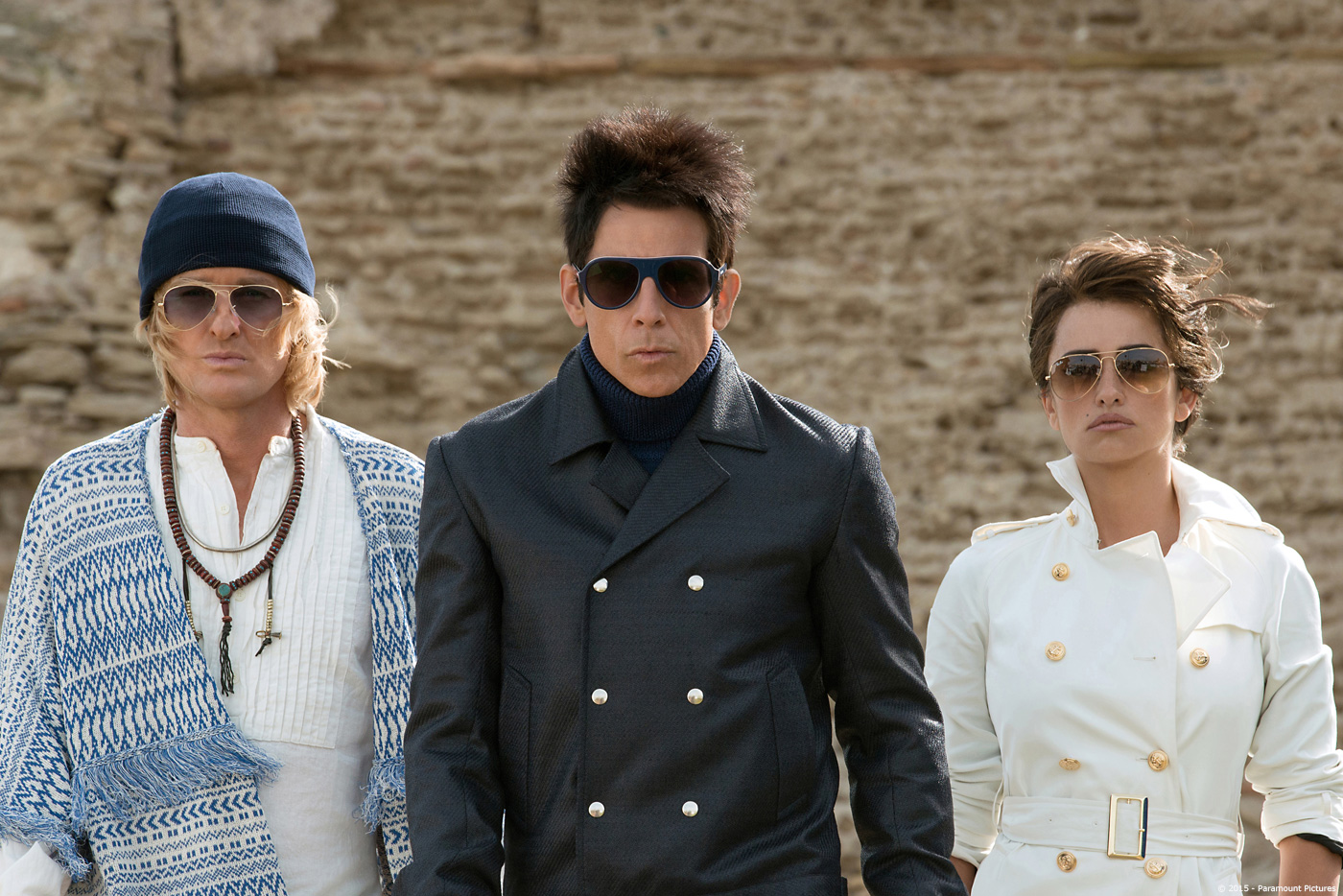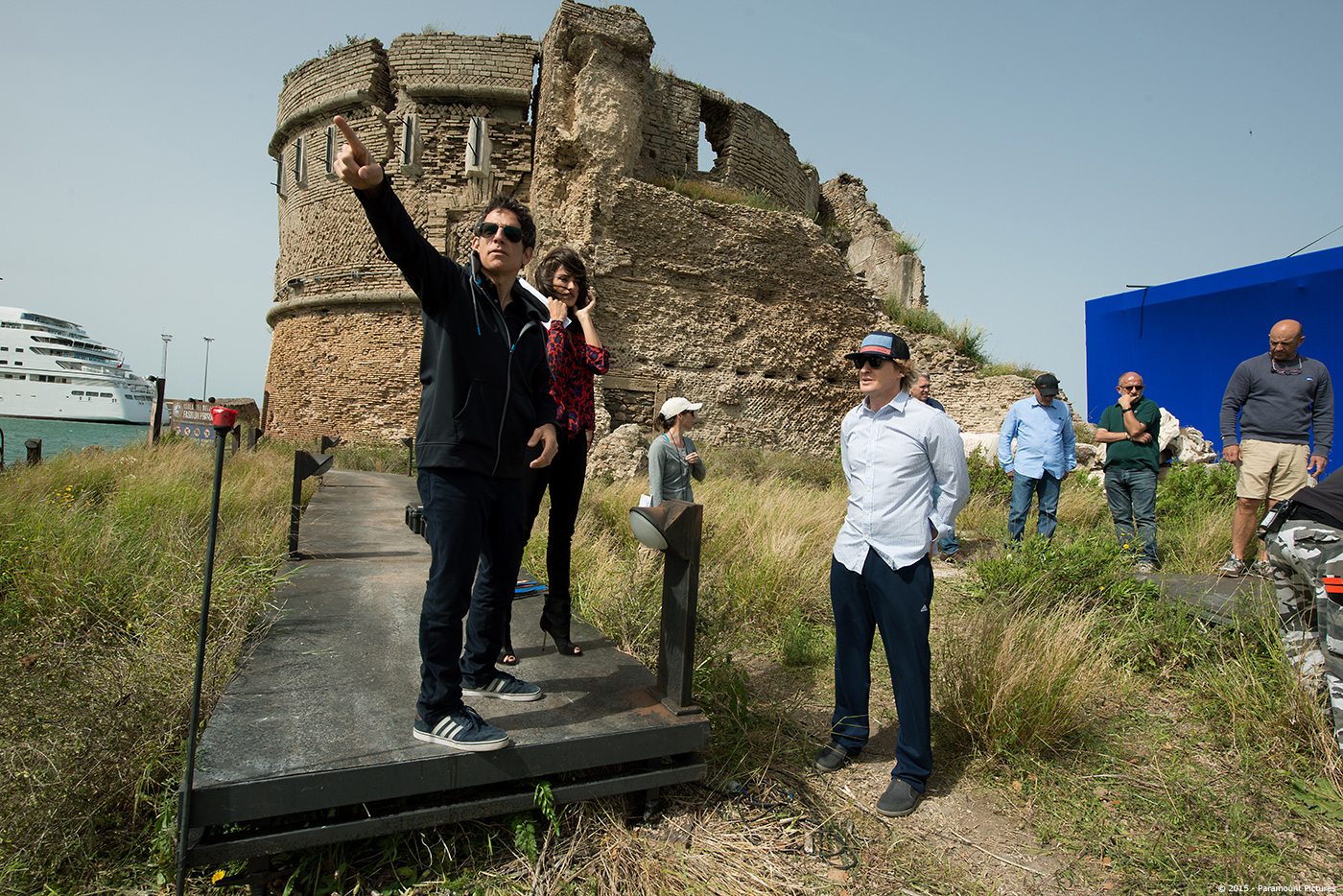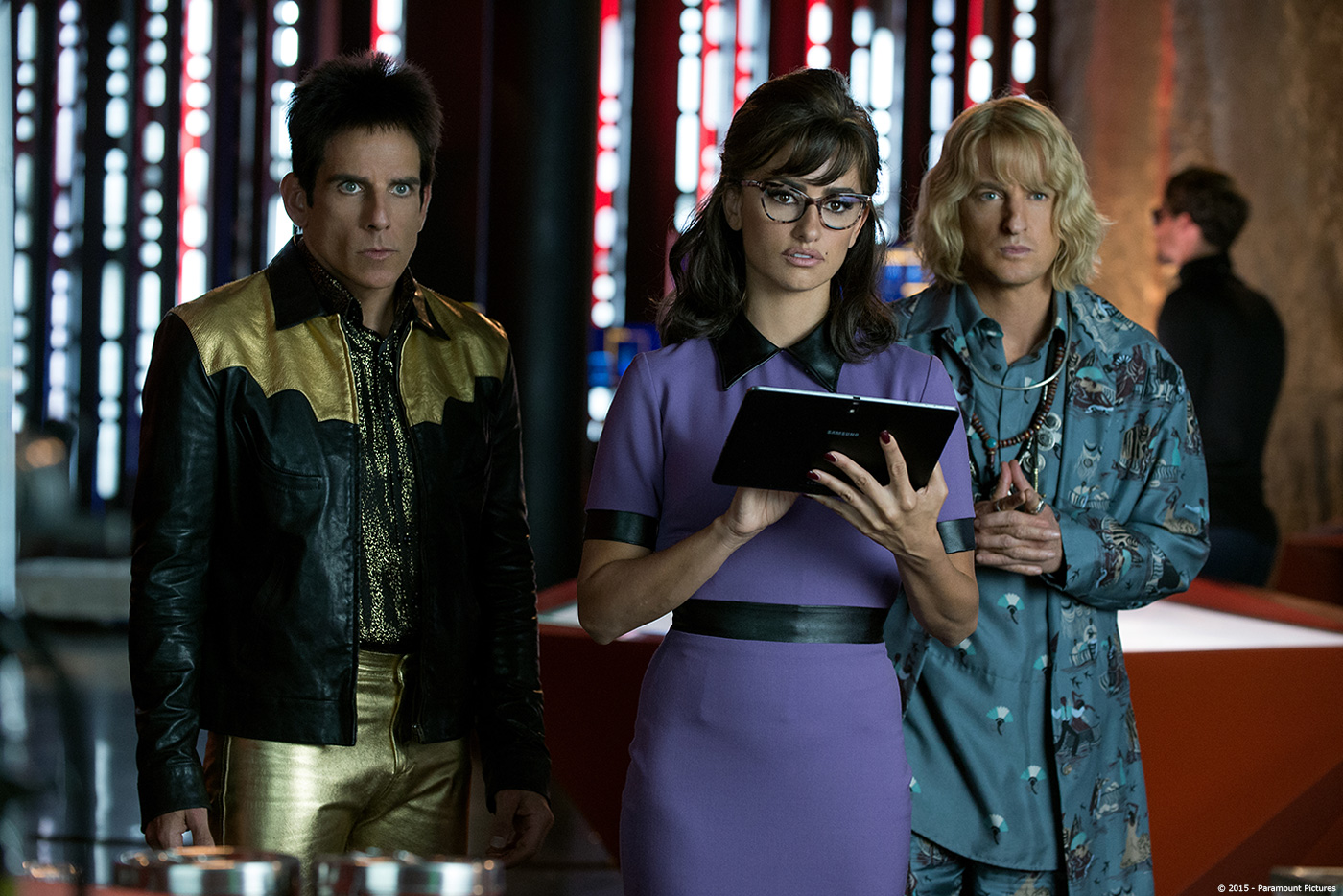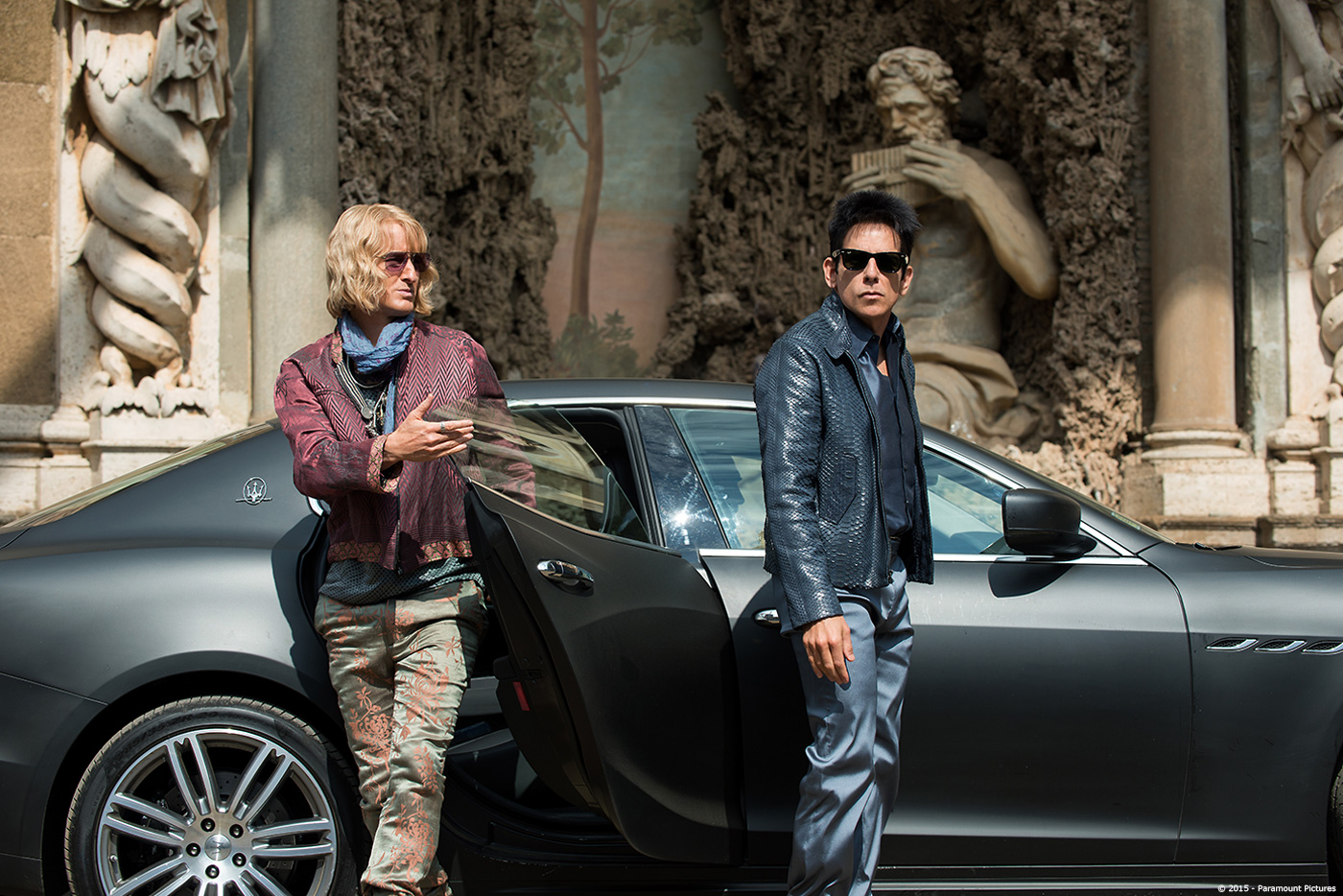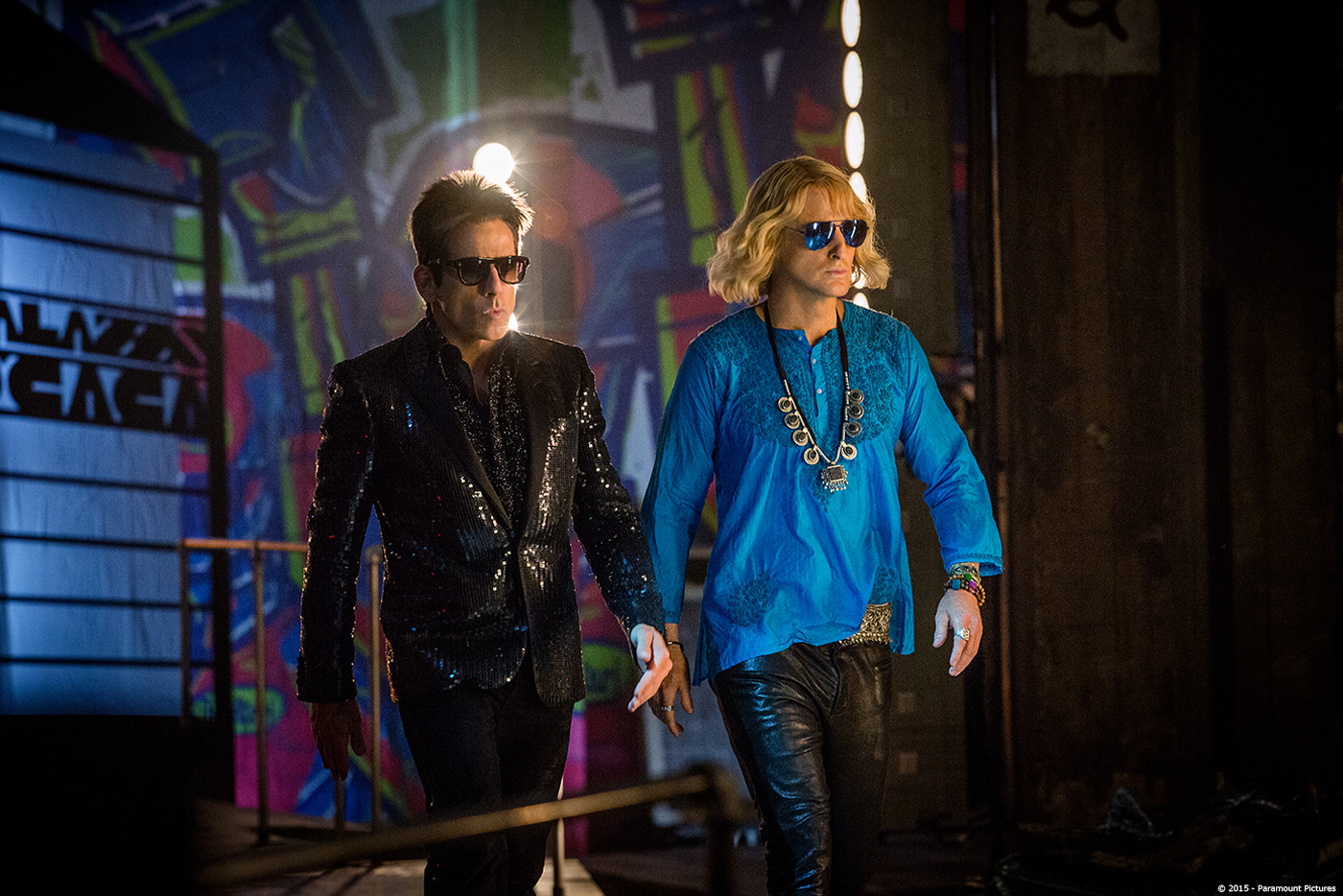Eric J. Robertson worked in visual effects and production for over 20 years. He worked on more than 80 films such as DAWN OF THE DEAD, THE DA VINCI CODE, SILENT HILL or NOAH. He founded the studio Mr. X Gotham.
What is your background?
I started shooting stills when I was 12 with a 35mm camera that I saved my birthday money for. I was excited to create images and wanted to be the next Ansel Adams. I also loved the camera gear & lenses – I’ve always loved mechanical devices and gadgets. The love of photography led me to become an assistant for several commercial still photographers, and that led me to my first day on a TV commercial set with 100 people all contributing to the process. It was so exciting I was instantly hooked. 9 years into my career I moved from production into VFX, and a dozen years after that I started the studio in collaboration with Dennis Berardi at Mr. X – who also gave me my first job in VFX. It’s been 23 years now and I’m still taking photographs and excited to be an integral part of the storytelling process.
How was this a new collaboration with director Ben Stiller?
Ben and I had previously worked together on THE SECRET LIFE OF WALTER MITTY, but only during post production. This was my first time working from script to screen with him, even before pre-production started.
What was his approach about the visual effects?
Ben wants to try everything. There was an incredible amount of visual R&D to develop all of the different creative challenges, and lots of extreme choices to experiment with different looks. We screened a lot of different ideas for preview audiences to see what they would react to.
Can you tell us more about Mr. X Gotham?
Having lived and worked in New York for a dozen years, I really felt the need to establish a VFX studio here that specialized in feature film work, so I approached the studios to see if they would support such an endeavour. They all gave very positive feedback for the concept and a few months later we opened our doors. We started with only a half dozen artists but within 6 months we had enough work to get 25 people on board. We’re now about 50, and it’s a pretty even mix of Compositing and CD artists. We are a full service studio with all disciplines represented.
Can you describe one of your day on-set and then during the post?
On set days – I rode a motorcycle while shooting in Rome, and we shot at an amazing variety of beautiful locations in the historic center. I would wake up and walk down the street to get a quick shot of espresso and a cornetto (Italian miniature croissant). Then on the moto to ride 30 minutes to Cinecittà studios – such legendary place to make a film where Fellini worked. We would shoot an average of 12-13 hours without taking a full meal break – the caterers and craft services would make us hot food all day. It was a very exhausting shoot – we would make a plan at the beginning of the day, but usually the set or the weather or something else would change our day dramatically. We shot at a furious pace and did more setups per day than I’ve done outside of a 2nd unit action sequence. I would be constantly working with our amazing cinematographer Dan Mindel, Jeff Mann who is the most hands on production designer I have ever met, and Ben for a surprising number of scenes. It was a challenge at times to communicate with the Italian crew about our technical FX requirements – but they were so incredibly hard working and good natured, I would jump at the chance to work in Rome again.
In post – we had daily sessions in Editorial where we would review temps and concepts. I would start my day at the studio with the artists and do morning dailies to review progress. After making notes and doing rounds we would head to the edit suite to review shots and then bring those notes back to the studio. Round two of dailies in the afternoon, sometimes an evening session in editorial – it was a busy post period. We worked for the last two months 7 days a week.
What are the sequences made by Mr. X?
Mr. X created the Prison environment, the Sacrificial Chamber (lava and the partial set build), Cow-taur (sometimes described as the Bovinatuar), Kristen Wiig’s hologram, the desert environment, the interior of the Vatican, and also did a few driving and stunt related scenes. We also helped develop the look of the VIP character.
Derek Zoolander have an impressive car crash. How did you enhanced this sequence?
This was mostly practical and shot in NYC for Rome, even though 99% of the shoot took place in Rome. It’s an in camera sequence and required some rig removal. not much else – the stunt team gave us the excitement!
The Interpol HQ have a lots of monitors. How did you created these screen contents?
All of the monitor content was created by the talented artists at Prologue who are led by the amazing Kyle Cooper, who also did the titles.
In an hilarious commercial, Derek Zoolander appears as a human cow. Can you tell us more about it?
We had a real cow on set that really didn’t want to cooperate, so we had to animate and create a digital cow to move the way that we wanted it to. The process of designing a mock mythological creature was hilarious and a fun challenge for the artists – interpreting a different kind of centaur that has always been a stately and serious creature, but to give it a humorous edge.
The heroes arrives at a prison on water. Can you explain in details about its cool design and its creation?
The classic forms of a thimble and needle were the design inspiration behind the fashion prison. Our designer and producer Jeff Mann gave us concept artwork as our inspiration. It was a difficult environment to integrate as the thimble lacks significant structural detail and design cues to generate scale. We added staircases, railings and fans to the main prison structure, as well as various satellite dishes and communication towers to lend realism to an comical design. During principal photography we shot the ruins that exist at the waters edge in Civitaveccia – the main port near Rome. We always tried to integrate live action photography with our CG set pieces, and whenever possible we chose the ruinous remains of Italy that give the landscape so much character.
The movie features many other environments. Can you tell us more about their creation?
So much of the movie is real. Everyone wanted to photograph as much as possible in Italy, so most of the sets you see are actual locations. We did some enhancements (and we didn’t actually shoot in the Vatican) but the main environment builds were the prison set and the final set – the sacrificial chamber.
Which one was the most complicated to created and why?
The sacrificial chamber was an easy set piece – but the lava made it incredibly difficult because of the interactive lighting and the self illuminating nature of the molten rock. We also had to extend the set. Most of it was built but there was only about 2/3 of the walls and 1/4 of the domed ceiling. We scanned the set and built the rest in post.
During his way out of prison, Jacobim Mugatu is changing his appearance many times. How did you created these transformations?
Mostly with practical makeup and prosthetics. The team did a great job sculpting the muscle suit under the direction of Mark Coulier. We had a very tough job painting out seams and removing rigs – it was a very difficult animated paint job that probably would have been easier if we had done a CG body from the beginning. We created CG hair and animated it to spring out from under the bald cap.
The Magnum effect is back in this sequel. How did you approach this effect?
More testing and testing! We used the original look as a base and probably created a library of 100 different new waves, particles, and sparks to animate the look for each character. Owen and Sting had a different beam than Ben, and « El Nino » was the signature effect – the most powerful look of the group, all animated and match moved to the character’s face. The color variations all supported the intensity of the character and the emotional place where they drew their power from. Ben wanted to keep the signature blue for his look from the first film. Owen is always glowing so yellow made the most sense for him, and DJ’s « El Nino » needed to be the most powerful and intense look so we naturally went to red for him.
How did you create the FX elements for the Magnum?
FX simulations we all done in Houdini.
During the final fight, Derek receives a knife in his face in slow motion. Can you explain in details about this shot?
This is a pretty simple and fun gag. We used a very short stub of knife and glued it to his face with the prosthetic appliance. We used it for tracking and for the point of contact. The knife in the shots is CG and animated flying through the air. We paint out the prosthetic stub for the shot when he gets hit. Since the weight of the practical knife would be too heavy we also animated the CG knife as it is sticking out of his face. It’s a difficult match move but it’s very effective.
How did you created the lava pool and the big final glitter explosion?
We looked at a lot of footage of lava – volcanos erupting, lave rivers, both in real time and slow motion. There are so many different looks to lava depending on it’s temperature and viscosity and whether or not it’s shot in a deep dark cavern or in daylight. We did a lot of testing using Houdini for our simulations and wrote a new shader for the surface. It was quite challenging to simulate the main liquid body and bubbles while keeping the « crusty » lava floes interacting in a manner that keeps it feeling threatening and realistic. The glitter was a simple particle explosion in Houdini that was based off of real glitter being blasted out on the set. It’s actually small pieces of cut mylar so we created rectangular particles and had them rotating and fluttering. We lit them like little colored mirrors.
Was there a shot or a sequence that prevented you from sleep?
Shooting VIP was really hard and technically difficult. Miniaturizing a character interacting with other actors on set is something that I would suggest avoiding in a comedy or a drama. It really requires motion control or shooting without any change in perspective. It was hard to know in advance where the best angles were to make him look great, and during the shoot we learned what the camera really liked after we had already shot a couple of scenes. I would have loved to go back to the prep period to plan the shoot differently.
What do you keep from this experience?
An undying love of working in Europe, and a new appreciation for motorcycles. I’m quite fussy about Italian food now.
How long have you worked on this show?
15 months.
How many shots have you done?
We delivered over 3200 versions of shots during preview screenings and early edits, outside of hundreds of R&D tests. We delivered about 300 final shots in the film.
What was the size of your team?
About 50 crew.
What is your next project?
There are a few – Ang Lee’s BILLY LYNN’S LONG HALFTIME WALK which is a 3D Stereoscopic film shot at 120 frames per second, Doug Liman’s MENA with Tom Cruise, and David Frankel’s COLLATERAL BEAUTY with Will Smith, Helen Mirren, Edward Norton, and Kate Winslet
What are the four movies that gave you the passion for cinema?
STAR WARS inspired my love of visual effects and adventure, PULP FICTION / KILL BILL and Tarantino really make me love the process of filmmaking, CROUCHING TIGER HIDDEN DRAGON re-ignited my love of cinematography, and I really loved the tragedy and humor and brilliant Visual FX in THE CURIOUS CASE OF BENJAMIN BUTTON.
A big thanks for your time.
// WANT TO KNOW MORE?
– Mr. X: Dedicated page about ZOOLANDER 2 on Mr. X website.
© Vincent Frei – The Art of VFX – 2016


